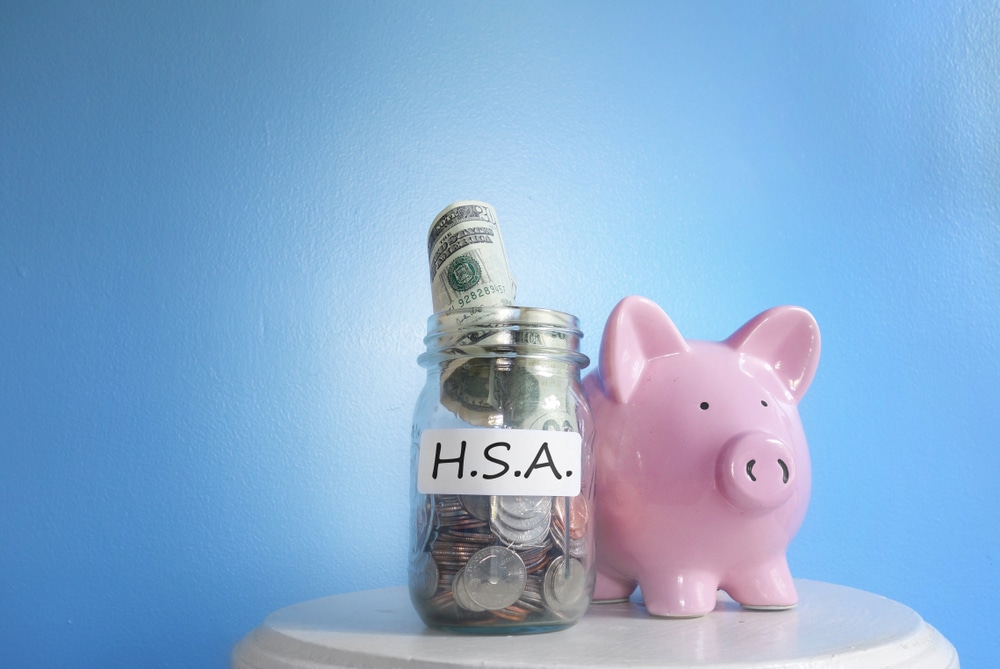Flexible Spending Accounts (FSA) and Health Savings Accounts (HSA) are work-based benefit plans developed to provide flexibility in paying for your health care choices.
You can use the funds to cover LASIK and some other eye care costs – such as eye exams, contact lenses, and prescription glasses – for you, your spouse, or a dependent.
Unlike the traditional standard benefits package, an FSA or HSA gives you the opportunity to create a benefits package that suits your needs. These plans are usually open to all permanent employees of a company. Many companies permit you to review your benefit choices each year to ensure they continue to meet your personal needs.

FSAs and HSAs are also very attractive because they are not taxed by the federal government. Each pay period, your contributions are withdrawn from your paycheck before taxes, allowing you to cover your expected health expenses tax-free.
Due to IRS regulations, your employer cannot return any of the funds remaining in your FSA at year’s end. If the amount you elect to set aside in your FSA exceeds your actual expenses that year, the excess amount will be forfeited. In an FSA, excess amounts cannot be carried over from one plan year to the next. This is not true of HSAs, where the funds can roll over and accumulate year to year if not spent.
Because of the annual “use them or lose them” FSA policy, if you have a balance in your FSA it is time to make plans and book appointments to put those funds to good use before your benefit year ends – usually December 31. What better way to spend your Flex Plan funds than on great vision?
They enroll in October of the previous year, selecting the amount of money they wish to allocate, up to a maximum of $2,500. On January 1, they get their FSA Card with the full amount of money they have chosen to allocate. They have until December 31 of that year to spend the dollars. The FSA contributions are automatically deducted from each pay period, tax-free, so it’s a small amount each time.
Some small companies also offer FSA plans. Check to see whether yours does.
A Health Savings Account is available to people enrolled in a high-deductible health plan (HDHP). The funds contributed to an HSA are not subject to federal income tax at the time of deposit. In an HSA, funds can roll over and accumulate year to year if not spent.
HSAs can be funded by the employee and/or employer. The annual contribution limits for 2016 are $3,350 for an individual and $6,750 for a family. The accounts are owned by the individual and can be used pay for any qualified medical expenses at any time without federal tax liability or penalty.
Withdrawals from an HSA for non-medical expenses are taxed. They are treated like the funds in an individual retirement account (IRA) in that they may provide tax advantages if taken out after retirement age. They incur penalties if taken out earlier.